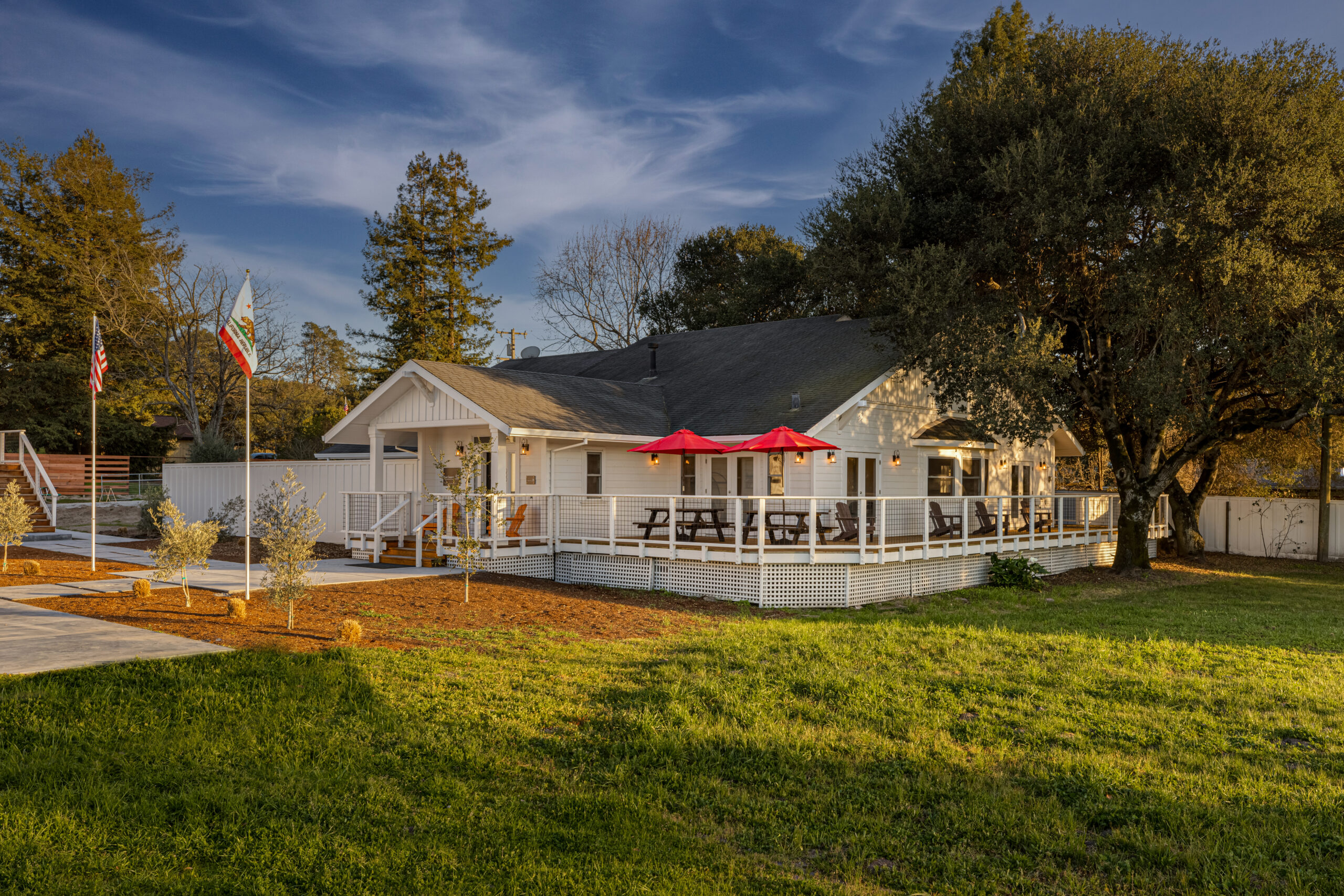Making informed decisions for your teen’s treatment starts here. Find answers to frequently asked questions about Muir Wood’s adolescent treatment programs.
About Our Program
Muir Wood operates 16 residential campuses across California, with locations in Sonoma County (30 miles north of San Francisco), Clovis (Central Valley near Fresno), and Riverside (Southern California). We also offer Intensive Outpatient Treatment in Petaluma, and soon, in Clovis. Learn more about Muir Wood’s treatment campus locations.
Treatment & Care
Education & Family Involvement
Admissions & Starting Treatment
Take the Next Step with Muir Wood
Have additional questions? We’re here to help. Our admissions team is available to answer your questions and discuss your teen’s needs. Call 866-705-0828 or complete our confidential assessment form to determine if Muir Wood is the right fit for your family.

